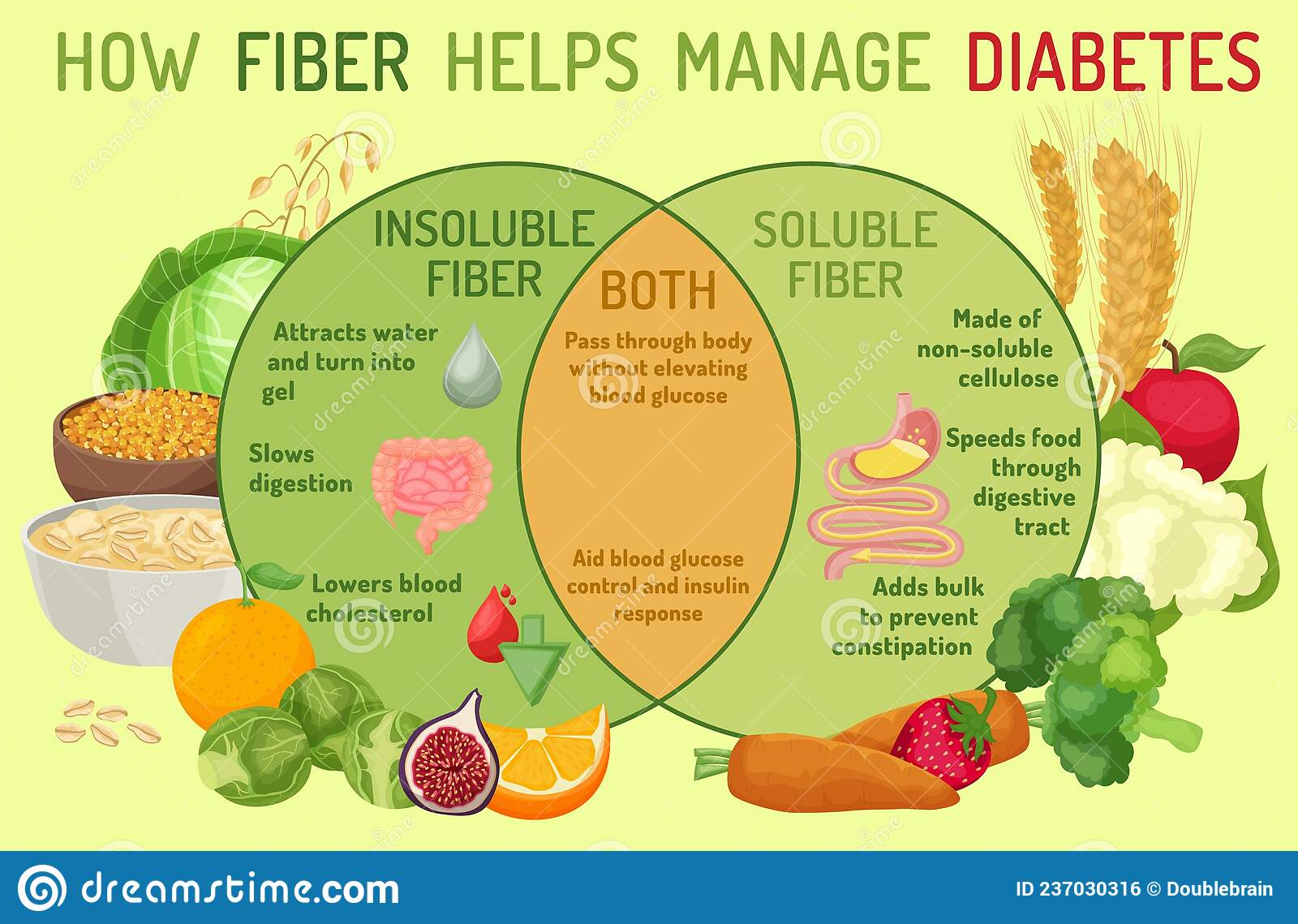
A major public health problem is nutrition-related disease. One in five deaths around the world is due to a poor diet. A shift has occurred in how healthcare systems treat patients because of the rising incidence of chronic diet-related illnesses. While there is an increasing emphasis on the delivery of interventions that use food as therapeutic modality, more research is needed to support this approach.
The integration of food and nutrition interventions holds considerable promise for meeting immediate and long term needs for nutrition. A key issue is the emergence of more non-profit organisations that contract with our healthcare system to deliver these interventions. As such, they face significant difficulties, especially in terms funding.
Our current dietary recommendations are also based on average population. Your individual needs may vary. Our brain is very sensitive to dietary changes. Personalized databases can be developed and monitored to assist us in making better food choices. These databases can also serve as guidance for how to improve our lifestyle.

Personalized diets can help prevent immune-mediated disorders. We need to continue to research how the various components of a diet affect the immune system in order to prevent autoimmune diseases. To develop new therapies, we must also identify immuno-metabolic areas.
The integration of cellular- and molecular network can activate immuno-metabolic mechanism. This interface has been exploited in immune-oncology, where drugs such as PD1 blockers have been successful in translating into clinical therapies. The metabolic modulation of immune system can also lead to immunomodulatory strategies. These are crucial for the treatment and prevention of autoimmune and inflammatory conditions. We could use this information to create new therapies for Crohn’s disease, ulcerative colitis and other immune-related diseases.
The field of Nutritional Immunology is experiencing significant change over the past five years. Integrating high-dimensional, -omics within a transdisciplinary approach allows us to study the molecular processes of immune and metabolism and to find new therapeutic targets. For example, transdisciplinary studies have identified new ways to treat ulcerative colitis and Crohn's disease by targeting metabolic immune function.
Over the past decade, nutrition has had a significant impact on brain function. Brain tissue is vulnerable to inflammation, oxidative stresses, and fluctuations in blood flow. Nutrition is a critical component of brain disease.

Nutrition and immunity are intimately connected. Nutrition and metabolism are directly linked to early stages of immunologic growth and long-term immune homeostasis. Changes in metabolism and diet can also lead to the development of overt diseases. It is important to change your diet habits in order to prevent or reverse an overt disease.
Furthermore, we must learn more about functional properties of food. Functional foods have been shown to be effective in nutrition-related disease prevention. Some nutrients, such vitamin A, are classified as compounds that have immunological toleration properties.
FAQ
Here are 7 ways to live a healthy lifestyle.
-
Take care of your health
-
Exercise regularly
-
Sleep well
-
Get plenty of water.
-
Get enough rest
-
Be happy
-
Smile often
What can I do to lower my blood pressure?
The first thing you need to do is find out what causes high blood pressure. You must then take steps towards reducing the problem. You can do this by eating less salt, losing weight, or taking medication.
Exercise is also important. Try walking if you don’t find the time.
Consider joining a gym if your current exercise regimen is not satisfying you. You'll probably want to join a gym where there are other people who share your goals. It's much easier to follow a routine if someone is with you at the gym.
Is it possible to have a weak immune system due to being cold?
It has been said that there are two types of people on the planet: those who love winter or those who hate it. But whether you love or hate it, you may find yourself wondering why you feel so lousy when it's cold out.
Our bodies were designed to work best in warm climates. Because of this, our bodies evolved to thrive and survive in hot climates.
However, our environment is quite different than that of our ancestors. We spend more time indoors and are often exposed to extreme temperatures (cold or heat) and eat processed foods rather than fresh.
As a result, our bodies aren't used to such extremes anymore. It means that when we do go outdoors, our bodies feel tired, sluggish even sick.
These effects can be reversed, however. Staying hydrated is one way to combat this. Water is essential for your body to function properly and eliminate toxins.
Another important step is to ensure that you're eating healthy meals. The best way to maintain your body's optimal temperature is by eating nutritious food. This is especially helpful for people who spend a lot of time indoors.
Finally, consider taking a few minutes each morning to meditate. Meditation is a great way to relax your body and mind. It makes it easier for you to cope with stress and illness.
What should my weight be for my age and height? BMI calculator & chart
To determine how much weight loss you need, a BMI calculator is your best friend. A healthy BMI range should be between 18.5- 24.9. If you want to lose weight, then you should aim to drop about 10 pounds per month. Simply enter your height, weight and desired BMI into the BMI calculator to calculate it.
To see if you're overweight or obese, check out this BMI chart.
What is the best way to eat?
Your lifestyle and individual needs will determine the best diet for your body. It is also important to think about how much energy you use during exercise and whether you like low-calorie foods.
Intermittent fasting may be a good choice if you want to lose weight. Intermittent fasting involves consuming only specific meals throughout the day, rather than having three large meals. This might be better than traditional diets that have daily calorie counts.
Some studies have suggested that intermittent fasting might improve insulin sensitivity. It may also reduce inflammation. This can lead to a reduction in blood sugar levels, and less risk of developing type 2 diabetes. Intermittent fasting has been shown to promote fat loss as well as improve overall body composition.
Statistics
- nutrients.[17]X Research sourceWhole grains to try include: 100% whole wheat pasta and bread, brown rice, whole grain oats, farro, millet, quinoa, and barley. (wikihow.com)
- The Dietary Guidelines for Americans recommend keeping added sugar intake below 10% of your daily calorie intake, while the World Health Organization recommends slashing added sugars to 5% or less of your daily calories for optimal health (59Trusted (healthline.com)
- According to the 2020 Dietary Guidelines for Americans, a balanced diet high in fruits and vegetables, lean protein, low-fat dairy and whole grains is needed for optimal energy. (mayoclinichealthsystem.org)
- Extra virgin olive oil may benefit heart health, as people who consume it have a lower risk for dying from heart attacks and strokes according to some evidence (57Trusted Source (healthline.com)
External Links
How To
What does the meaning of "vitamin?"
Vitamins are organic compounds found naturally in food. Vitamins aid us in absorbing nutrients from the food we eat. Vitamins cannot be made by the body; they must be taken from food.
Two types of vitamins exist: water soluble and oil soluble. Water-soluble vitamins dissolve quickly in water. You can find vitamin C,B1 or thiamine, B2 or riboflavin and B3 or niacin. B6 is pyridoxine. Folic acid, biotin and pantothenic are some examples. Fat soluble vitamins are stored in the liver and fatty tissue. These include vitamin D, E and K, as well as beta carotene.
Vitamins can be classified by their biological activity. There are eight major groups of vitamins:
-
A - essential for normal growth and maintenance of health.
-
C - vital for nerve function and energy generation
-
D - necessary for healthy bones and teeth.
-
E is needed for good reproduction and vision.
-
K – Required for healthy muscles & nerves.
-
P - vital for building strong bones andteeth.
-
Q - aids in digestion of iron and iron absorption
-
R - necessary for making red blood cells.
The recommended daily allowance (RDA), for vitamins, varies based on gender, age, and physical condition. The U.S. Food and Drug Administration sets RDA values.
For example, the RDA for vitamin A is 400 micrograms per dayfor adults 19 years or older. Because it is essential for the development of the fetus, pregnant women should consume 600 micrograms per days. Children ages 1-8 require 900 micrograms per day. Infants under one year of age require 700 micrograms per day, but this amount decreases to 500 micrograms per day between 9 months and 12 months of age.
Children ages 1-18years who are obese need 800 micrograms per day while those who are overweight need 1000 micrograms per day and children who are underweight need 1200 micrograms per day to meet their nutritional needs.
Children between 4-8 years of age who have been diagnosed by anemia must consume 2200 micrograms daily of vitamin C.
2000 micrograms per person is necessary for general health. Breastfeeding or pregnant women require 3000 micrograms per daily due to higher nutrient demands.
1500 micrograms is the recommended daily intake for adults aged 70+, as they lose 10% of their muscle every ten years.
Women who are pregnant or lactating need more than the RDA. Pregnant women need 4000 micrograms per dayduring pregnancy and 2500 micrograms per day after delivery. Breastfeeding mothers need 5000 mg per day when breastmilk is being produced.